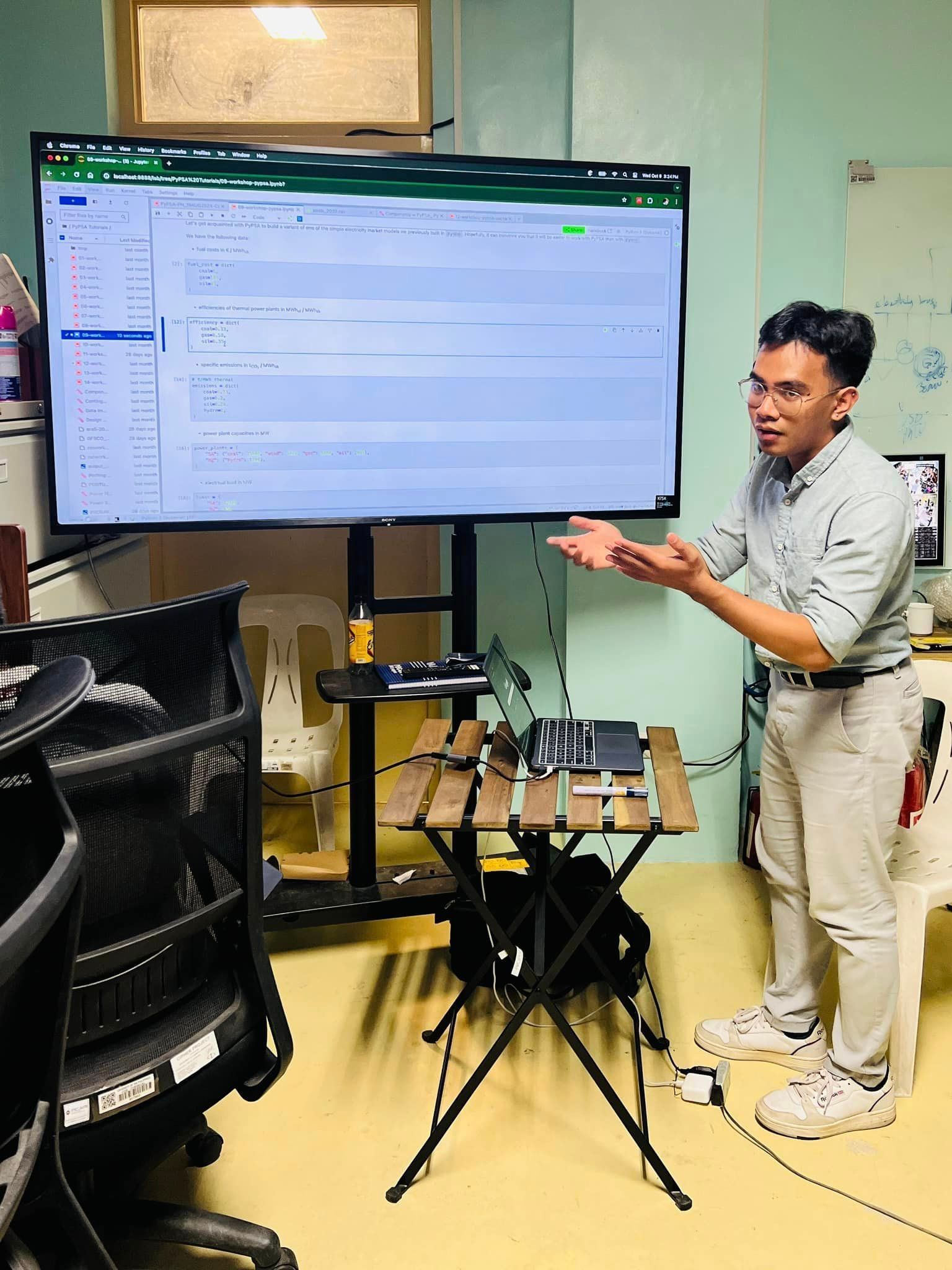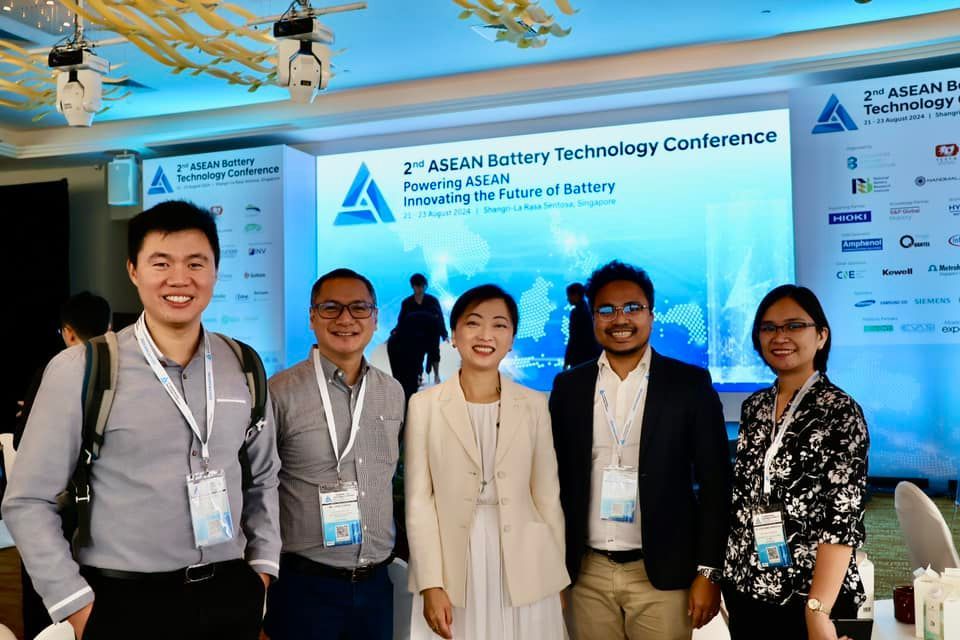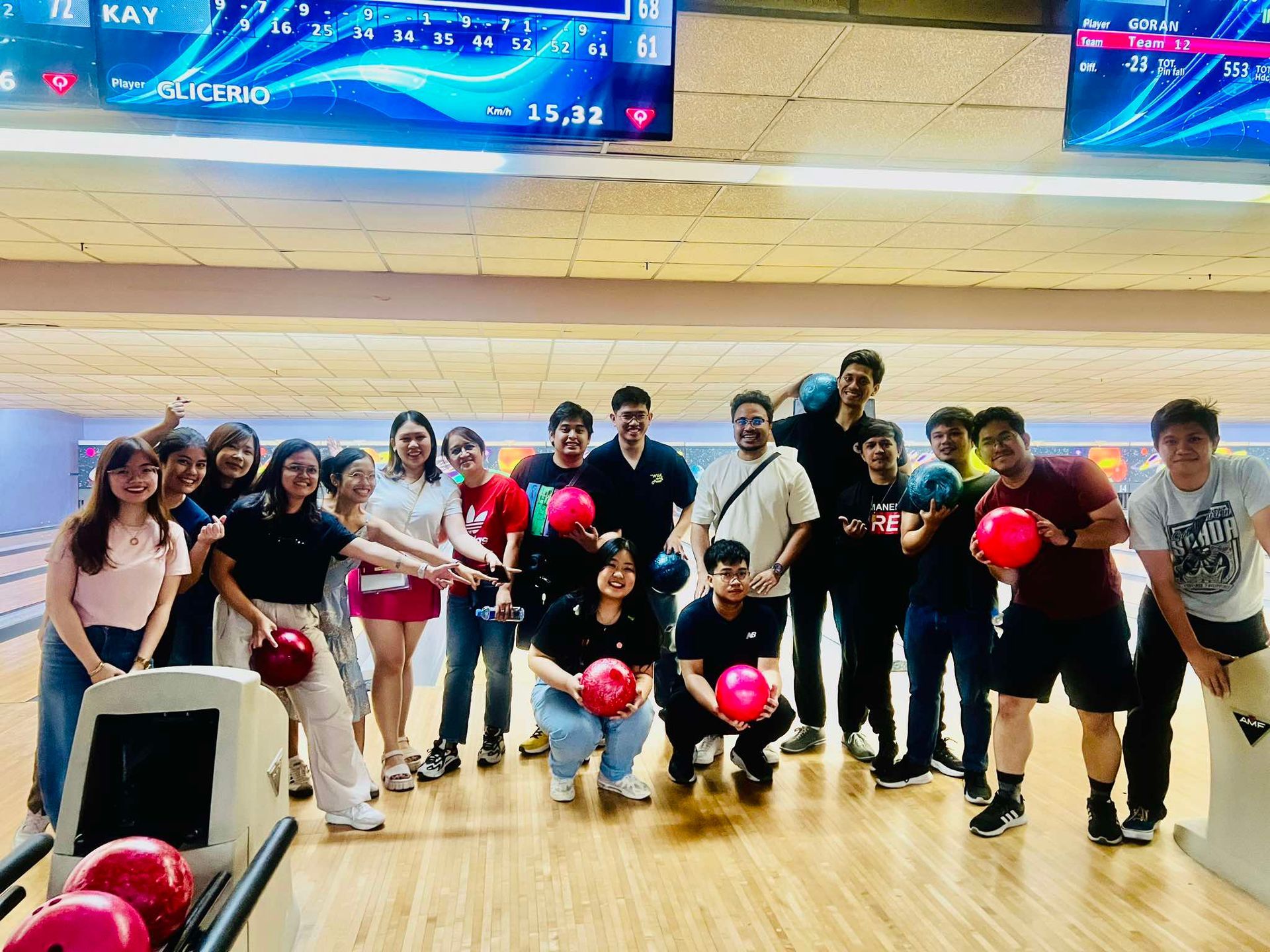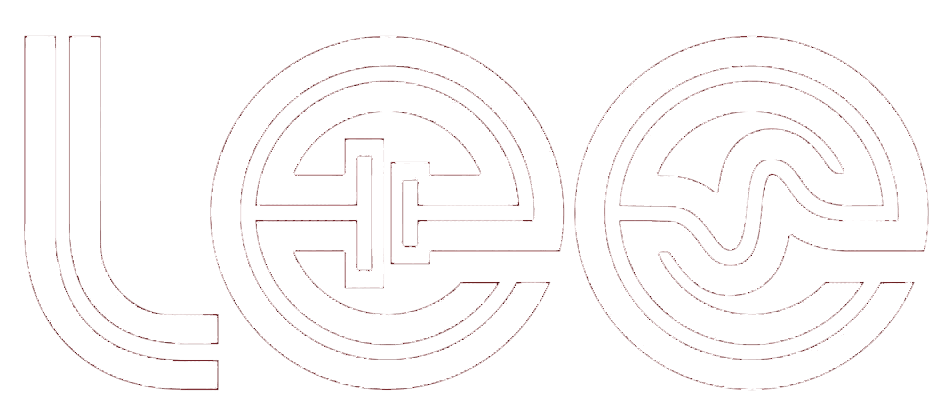CIDS Goes to World’s First Solar and Wind Farm in Ilocos
CIDS EES for Re Team Visits the world’s first Combined Solar and Wind Farm in Ilocos. In the picture from left to right are Engr. Emie A. Salamangkit-Mirasol, Engr. Andrew C. Doño, Dr. Rinlee Butch M. Cervera, Prof. Julie Anne D. del Rosario, Dr. Joey D. Ocon, Ian Alexandra M. Dizon, Raphael T. Layosa
The Electrical Energy Storage for Renewable Energy (EES for RE) Team funded by the University of the Philippines Center for Integrative and Development Studies (UP-CIDS) goes to the first combined solar and wind farm in the world located in Ilocos Norte last September 9, 2016. The visit was for the project entitled Market and Technology Assessment of Electrical Energy Storage for Renewable Energy in the Philippines headed by Dr. Joey D. Ocon and Dr. Rinlee Butch M. Cervera. The purpose of the visit is to survey companies of the possibility of employing energy storage technologies for their intermittent RE assets.
The combined solar and wind farm, located in the town of Burgos in Ilocos Norte, generates 4.1 megawatts from the solar farm and 150 megawatts from the wind farm. The 150-MW wind farm consists of 50 units of 3 MW wind turbines situated in more than 600 hectares of land . Each turbine has a rotor with diameter of 90 meters and a tower with a height of 75 meters. The 4.1-MW solar farm consists of 13,420 photovoltaic modules and 61 inverters covering about 5.5 hectares of land. The combined solar and wind farm is the first of its kind in the world that simultaneously generates power from from solar panels and wind turbines. The combined farm is due to the Energy Development Corporation’s effort to diversify the renewable energy sources in the country.





